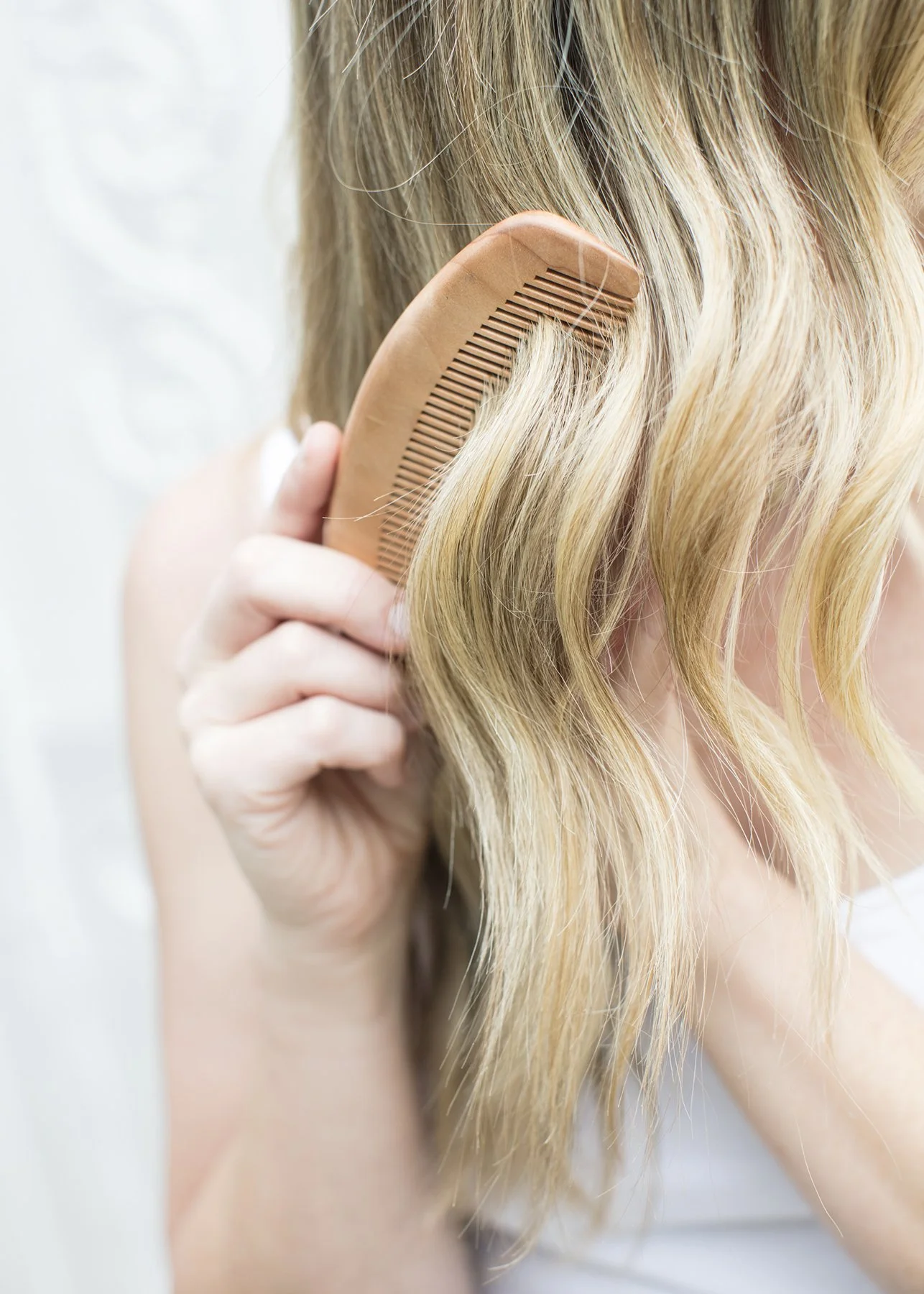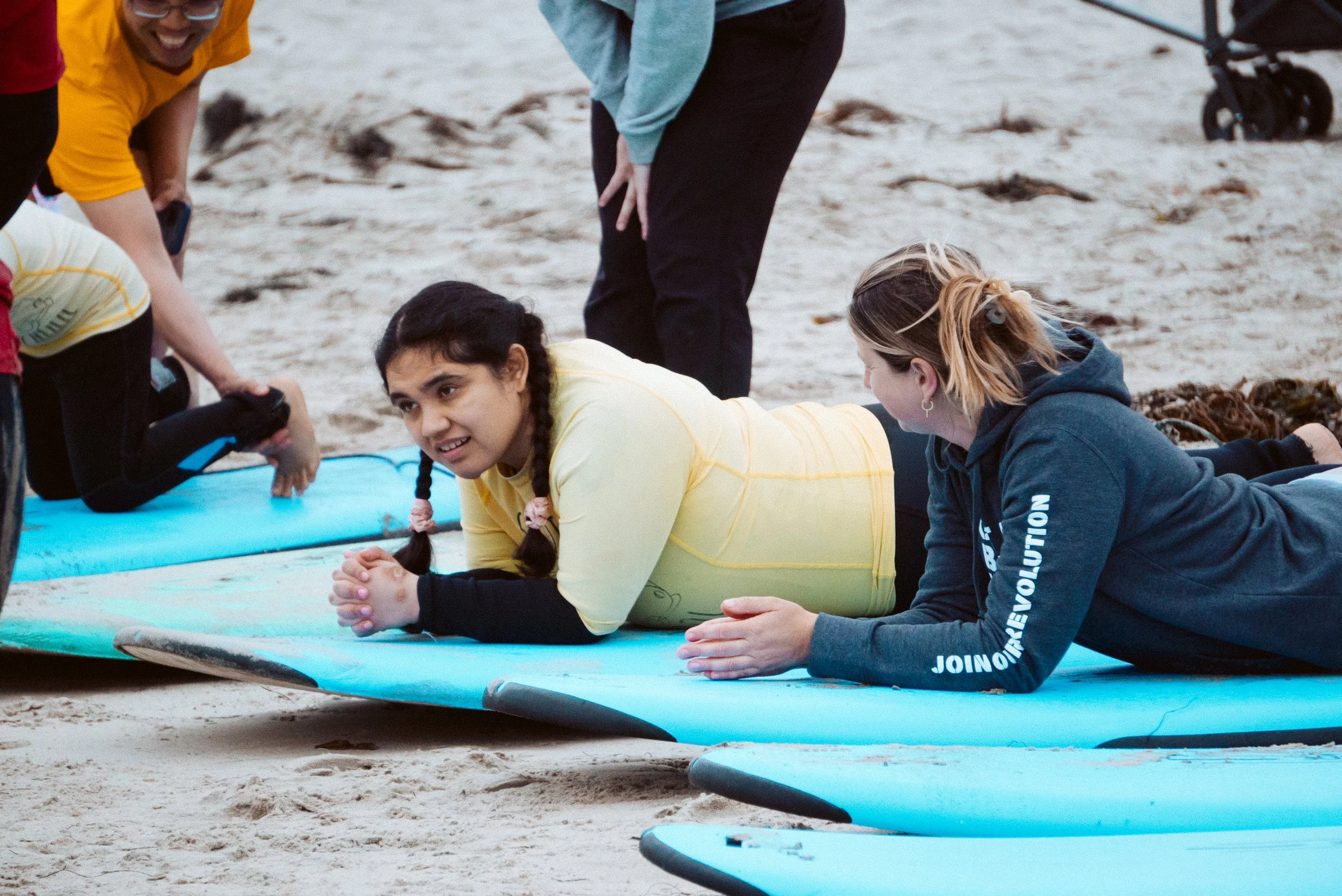The Benefits of Fitness for Autistic Individuals: Movement, Mindfulness, and Connection
By Jessica Jordan, MS. OTR/L
The Role of Fitness for Autistic Individuals
Fitness and exercise are essential for everyone, but they can have a profound impact on the autistic population. Regular physical activity is not only beneficial for physical health but also plays a vital role in emotional regulation, sensory processing, and overall well-being. For autistic individuals, exercise can provide an opportunity to build motor skills, increase endurance, and improve self-regulation, all while promoting a sense of achievement. Exercise focuses those neural pathways on intentional movement in the moment to produce a desired motor output.
Autistic individuals may face unique challenges, including difficulties with motor coordination, sensory sensitivities, and emotional regulation. However, fitness and exercise can offer an effective way to address these challenges while simultaneously boosting confidence and resilience. Whether you’re Autistic or Neurotypical, when you engage in exercise or physical activity, your brain responds by releasing endorphins, which are chemicals that act as natural painkillers and mood boosters. These "feel-good" hormones help reduce stress, alleviate pain, and improve your overall sense of well-being. Think of that “runners high”…who wouldn’t want to feel that sense of accomplishment and confidence after a good workout? Engaging in physical activity provides an opportunity to focus on the body, create structure, and find joy in movement.
Here are some fitness activities that have been documented as particularly liked by autistic individuals:
Swimming: Many autistic individuals find swimming calming and enjoyable due to the soothing effects of water. It provides a full-body workout that is gentle on the joints and can help improve coordination and strength.
Walking or Hiking: Walking, especially in nature, is a low-impact exercise that offers numerous benefits, including reducing anxiety and improving mood. Hiking, particularly on trails with natural surroundings, can also help with sensory regulation.
Yoga: Yoga is a favorite for many in the autistic community. The gentle stretching, breathwork, and mindfulness techniques involved help with flexibility, balance, and focus. It can also provide a grounding experience that supports emotional regulation.
Cycling: Riding a bike provides a sense of independence and freedom. Cycling promotes coordination and motor skills while also being a great cardiovascular workout.
Dancing: Many individuals enjoy dancing as it allows for self-expression and creativity. Dance can improve coordination, rhythm, and social engagement while offering a fun, stress-relieving activity.
Strength Training: Some autistic individuals prefer activities that involve strength training, such as lifting weights or resistance band exercises. These exercises help build muscle strength and improve body awareness.
Running or Jogging: For those who enjoy a more vigorous workout, running or jogging can help with endurance, physical fitness, and releasing built-up tension or stress.
But most importantly, it’s about following the lead of your loved one. What have they communicated as a desired fitness activity they would like to engage in? Whether it's a walk, a swim, or a dance in the kitchen: let’s move, connect, and grow—together.
Helpful Links
If you found this post helpful, you’ll love our therapy resources! Whether you’re a parent or therapist, our apraxia and autism courses are here to offer practical tools, compassionate guidance, and real-world strategies you can use every day.
👨👩👧👦 For Parents & Caregivers: Autism Training | Online Course for Parents and Caregivers
🧑🏫 For Therapists: Therapist Course for Apraxia and Autism | Mentorship for OTs and Therapists
🏥 Work With Us: In-Person Occupational Therapy (San Diego & Long Beach Areas) | Virtual Coaching





